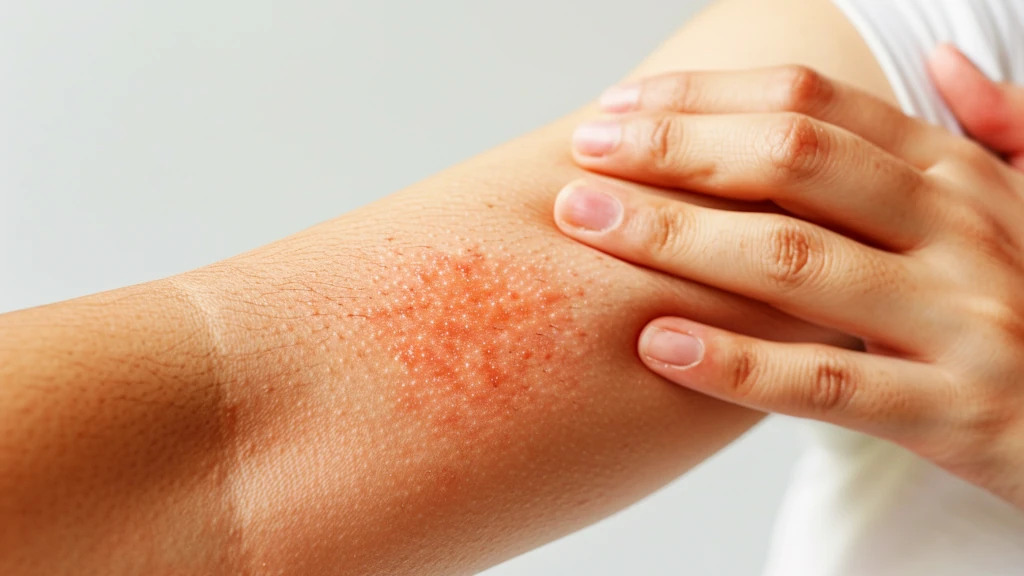How your clothes can make you sick
In this blog we explain what textile dermatitis is and what you can do about it, if you have it. We further explore the environmental and ethical implications of textile production.
What is Textile Dermatitis? Textile Dermatitis is a skin condition triggered by contact with certain synthetic fabrics and has been a known medical concern for decades. When your skin touches plastic fabrics like Polyester or Nylon it can lead to blisters or itchy scratches. But what ingredients actually cause textile dermatitis – let’s explore the history of it.
The beginnings of textile contact dermatitis
The industrialization of fabric production started in the early 20th century. With that fabric enhancements were introduced to make the textiles wrinkle free. In order to achieve this, chemicals like formaldehyde resins were applied on to the fabric.
With this process synthetic dyes were introduced to colour the fabric. This involves many steps such as pre-treatment, bleaching, carbonizing, mercerization were chemicals are used. If the textiles are not rinsed enough during manufacturing, the skin can be irritated by the fabric. The same applies to finishing‘s and coatings. In all these steps chemicals are used that can cause an irritation.
Environmental and ethical impact
In the fabric production almost 8000 chemicals are used. Although there are initiatives that these chemicals should be reduced, workers are still exposed to them. They may directly inhale them as well as textile dust, which can lead to health issues such as skin symptoms, asthma and even cancer. This happens especially in India, Bangladesh, Philippines, Egypt.
Beside the concern for workers safety, there is the environmental impact. Often these chemicals are released into the ground water by the fabrics, instead of recycling them. This makes the locals sick as well.

Solutions for Textile Dermatitis
So what can you do about textile dermatitis? The best way to prevent this is to stop wearing plastic clothes as polyester or nylon. These fabrics are treated with many chemicals. Secondly you can watch out for certificates such as OEKO TEX, that test the fabric against over 300 chemicals. Third, you should switch to natural clothes like organic cotton, Tencel lyocell, or hemp. Basically anything that is made with biomass is less harmful for the body and the environment.
However, don’t forget to check the labels commitment to ensuring sustainable and ethical standards throughout the manufacturing process. The more transparency a brand shows, the more you see their actions. For instance a production in China, or overseas instead of Europe mostly doesn’t take care of workers safety, nor reducing the chemicals as the products are mass produced and treated with many chemicals.

